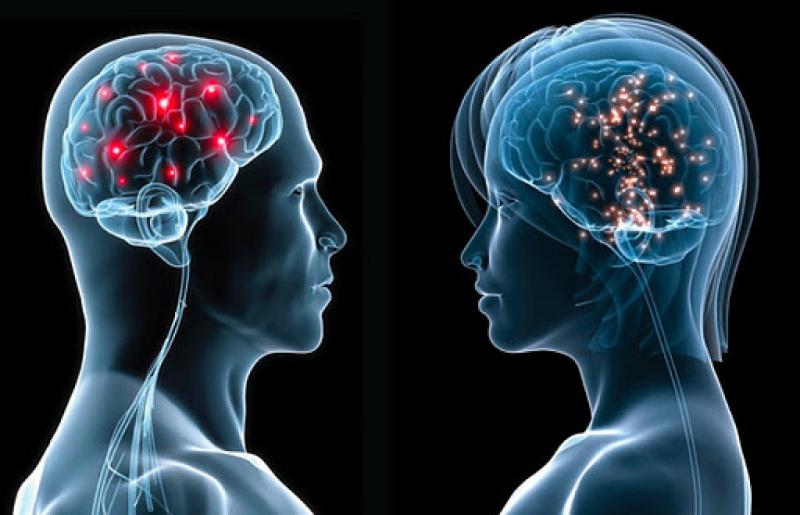Advertisement :
Understanding Hormones & Love

Advertisement :
Scientists usually perceive love as a strong emotional bond between people on the level of personal relationships. Despite the magical appearance of this experience, altered biological and chemical processes exist. The connection between hormones and love changes emotional feelings, human behavior, and social interactions. The chemical signals in our body serve as our key love elements since they determine our attraction response, bonding capabilities, and affection development.
All love-related hormones include Oxytocin, dopamine, serotonin, and vasopressin. Each love phase operates differently and has its own distinctive role according to the stages. Research defines Oxytocin as the love hormone that enables couples to develop stronger bonds while establishing trust. The happiness experiences of new relationships rely on dopamine alongside serotonin, which maintains emotional stability and mental balance. Vasopressin is a primary hormone that establishes affectionate relationships and sustains permanent ones. Studying these hormones enables individuals to comprehend the love's natural development patterns and forceful intensity.
Oxytocin's Function in Bonding
The most well-known hormone linked to intimacy and love is Oxytocin. Often referred to as the "cuddle hormone" due to its release during physical contact, such as kissing, intercourse, and cuddling, it is produced in the hypothalamus and released by the pituitary gland. Oxytocin fortifies emotional ties by encouraging trust, empathy, and connection. Higher oxytocin levels are associated with more stability and happiness in romantic relationships.
This hormone contributes to emotional closeness in addition to physical love. Studies have shown that Oxytocin improves communication between spouses, increasing their sense of intimacy and helping them settle disputes more amicably. A couple's relationship becomes stronger the more Oxytocin they produce from their shared experiences and loving actions.

Image Source: myvitawellness
Advertisement :
The Exhilaration of New Love and Dopamine
Dopamine is the hormone that causes the joyful sensations we get when we fall in love. It generates feelings of motivation and pleasure as a component of the brain's reward system. Dopamine levels rise when we are attracted to someone, which causes us to become excited, more energized, and more focused on that person.
The early phases of love may be so thrilling and addicting, which this chemical high can explain. Dopamine's surge causes us to long for our partner's company and experience excitement and anticipation when we're with them. Dopamine levels, however, tend to level off as relationships progress, paving the door for more profound and long-lasting types of attachment.
Emotional Equilibrium and Serotonin
Another critical component of the chemistry of love is serotonin. It supports the regulation of mood, anxiety, and emotional health in general. Serotonin levels can decrease in the early phases of love, which might result in compulsive thoughts about a new companion. New love frequently feels so overwhelming since this decline is comparable to what is seen in those who suffer from obsessive-compulsive disorder.
Serotonin levels usually return to normal as relationships develop, promoting emotional comfort and stability. Couples with healthy serotonin levels maintain a balanced and encouraging relationship, which also lessens the chance of conflict and fosters understanding.
Vasopressin and Persistent Dedication
One hormone linked to monogamy and sustained connection is vasopressin. It is produced upon physical contact and is essential for encouraging devoted and protective responses in partnerships. More substantial commitments and a stronger desire to be close to a spouse are associated with higher vasopressin levels.
Studies on animals, such as the monogamous prairie voles, have demonstrated the significance of vasopressin in creating enduring pair bonds. This hormone encourages partners to prioritize and care for one another over the long run, which helps keep human relationships stable and long-lasting.
The Reasons Men and Women Form Different Bonds
Hormones and love affect men and women in various ways, resulting in diverse emotional experiences and bonding behaviors. These discrepancies can be linked to variances in hormone sensitivity and production.
Oxytocin is more important for women when it comes to creating emotional ties. Strong bonds are formed with romantic partners and children as a result of this hormone's rise during birthing, nursing, and physical contact. Women frequently place a higher value on emotional closeness and caring activities in partnerships.
The Evolutionary View of Hormones and Love
Evolutionarily, the relationship between hormones and love is essential to the species' survival. While Oxytocin and vasopressin promote long-term relationships necessary for having children, the first surge of dopamine and serotonin-driven attraction aids people in finding compatible spouses.
Advertisement :
For thousands of years, these hormone dynamics have influenced human relationships by fostering actions that foster camaraderie, collaboration, and support among people. We can better appreciate the intricate dynamics behind our emotional bonds when we comprehend love's biological underpinnings.
Using Hormonal Balance to Foster Love
Understanding hormones and love is only one aspect of maintaining successful relationships; another is fostering environments that encourage favorable hormonal reactions. Physical affection, group laughing, and deep talks are activities that raise oxytocin levels, improving relationship satisfaction and fortifying emotional attachments.
Romance may be maintained by indulging in new and thrilling activities that raise dopamine levels. Making self-care and stress reduction a priority promotes serotonin balance, which enhances overall emotional health. Lastly, vasopressin-driven attachment is strengthened by actions of devotion, support, and loyalty, which creates a solid and long-lasting relationship.
Understanding Hormones & Love




